
Mr. Truong Xuan Trung, First Secretary, Head of the Vietnam Trade Office in the United Arab Emirates (UAE), said that in the first 7 months of 2025, Vietnam's exports to the UAE reached nearly 3.4 billion USD, a slight increase of 0.27% over the same period in 2024.
Trade surplus in 7 months reached more than 3 billion USD. Vietnam's strong agricultural product group grew 17.31% over the same period in 2024 and reached a total of export turnover over 232.2 million USD. Of which, cashew nuts achieved the largest turnover of 95.9 million USD, an increase of over 34.6%, vegetables and fruits reached over 69.4 million USD, an increase of 55.3%. The group of aquatic products reached 31 million USD, an increase of 20.8%. The group of wood and wood products reached nearly 20.2 million USD, an increase of 26.6%.
“In the economic structure of the UAE, agriculture accounts for only 0.7%, so every year this country imports a large amount of agricultural products. This is also the leading developed economy in the Middle East. The UAE is in the group of 25 highly competitive economies in the world, is the economic, trade, financial, tourism, transportation and logistics center of the Middle East-North Africa region, and is the third largest re-export location in the world. On the other hand, the UAE is an open market with almost no trade barriers, so it is creating great opportunities for Vietnam to export agricultural products, seafood, food, beverages and furniture to this market,” Mr. Trung added.
Deputy Secretary General of the Vietnam Association of Seafood Exporters and Producers (VASEP) To Thi Tuong Lan said that in the last months of the year, Vietnam's seafood exports have many expectations but also face many challenges. The main reasons are The US's reciprocal tax policy has led to the risk of losing the shrimp market and restrictions on tuna. To cope with the reciprocal tax when exporting to the US, seafood businesses are making efforts to diversify their consumption markets and promote deep penetration into the Halal market in the Middle East.
According to Ms. Nguyen Kim Hau, General Director of Seaspimex Seafood Joint Stock Company, thanks to Halal certification, the company's products have reached the Middle East markets. Halal is not only a passport but also a proof of product quality. The strategy of investing in a Halal-standard supply chain will help Vietnamese enterprises improve their export position globally. Along with the Middle East market, EU market are also "attracting" Vietnamese agricultural and aquatic products thanks to the increasingly improved product quality.
Mr. Tran Van Cong, Agricultural Counselor to the EU, informed: In 2024, Vietnam's agricultural, forestry and fishery exports to the EU will reach 5.437 billion USD. In the first 6 months of 2025, export turnover to the EU will reach 4.17 billion USD, an increase of 50% over the same period in 2024. However, currently, Vietnam's agricultural, forestry and fishery exports to the EU only account for nearly 2% of the region's total imports. Statistics show that the EU imports about 340 billion USD of agricultural, forestry and fishery products every year. The EU is the world's largest import market for many types of goods such as: vegetables and fruits, accounting for 45% of the market share; seafood imports, accounting for 34%; coffee imports, accounting for 60% of the world's imports; at the same time, the EU is the second largest import market for wooden furniture, accounting for 32%...
These are also Vietnam's strong products, so there is still a lot of room for businesses to export, especially in the condition that products of plant origin entering the EU currently do not require mandatory growing area codes, packaging codes, or irradiation (except for some citrus products and 3 products subject to increased control: dragon fruit, okra, and chili).
On the other hand, Vietnam also has tariff advantages over some other countries such as Indonesia, Thailand, Malaysia, Philippines, and India when it has a free trade agreement with the EU.
However, the limitations when exporting to the EU are the long geographical distance, the frequent conflicts on the Asia-Europe transport route leading to disruptions; logistics costs are 30-40% higher than in many other countries, leading to reduced competitiveness of goods. Many businesses are trying to open more markets in the ASEAN region to take advantage of geographical location.
In particular, promoting the export of high-demand products such as seafood, vegetables, rice, cassava, coffee, tea, pepper, cashews, rubber, wood and wood products to this market.
In addition, focus on exporting opened products such as fresh fruits and vegetables, various types of seafood; frozen pork and breeding eggs to Myanmar; frozen pork to Malaysia; salted eggs to Singapore and Laos; honey to Malaysia, Indonesia, the Philippines and Thailand.
According to the Director of the Department of Quality, Processing and Market Development (Ministry of Agriculture and Environment) Ngo Hong Phong, the Ministry will continue to negotiate to open the market for grapefruit and mango products to Myanmar; rambutan, grapefruit, passion fruit, custard apple, star apple to Thailand; processed pork and chicken to the Philippines; increase promotion, trade promotion, access to Halal markets in Malaysia, Indonesia... with the goal of taking advantage of every opportunity in the market to increase export turnover for the entire agricultural sector in the last months of the year.
Source: https://baoquangninh.vn/chuyen-huong-thi-truong-xuat-khau-nong-san-3374353.html



![[Photo] Panorama of the cable-stayed bridge, the final bottleneck of the Ben Luc-Long Thanh expressway](https://vphoto.vietnam.vn/thumb/1200x675/vietnam/resource/IMAGE/2025/9/30/391fdf21025541d6b2f092e49a17243f)
![[Photo] President Luong Cuong receives President of the Cuban National Assembly Esteban Lazo Hernandez](https://vphoto.vietnam.vn/thumb/1200x675/vietnam/resource/IMAGE/2025/9/30/4d38932911c24f6ea1936252bd5427fa)
![[Photo] The 1st Congress of Phu Tho Provincial Party Committee, term 2025-2030](https://vphoto.vietnam.vn/thumb/1200x675/vietnam/resource/IMAGE/2025/9/30/1507da06216649bba8a1ce6251816820)
![[Photo] General Secretary To Lam, Secretary of the Central Military Commission attends the 12th Party Congress of the Army](https://vphoto.vietnam.vn/thumb/1200x675/vietnam/resource/IMAGE/2025/9/30/9b63aaa37ddb472ead84e3870a8ae825)
![[Photo] Solemn opening of the 12th Military Party Congress for the 2025-2030 term](https://vphoto.vietnam.vn/thumb/1200x675/vietnam/resource/IMAGE/2025/9/30/2cd383b3130d41a1a4b5ace0d5eb989d)


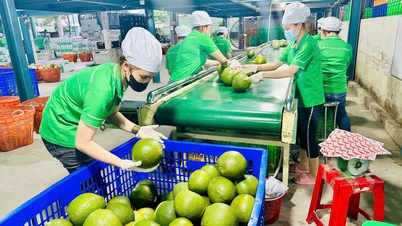





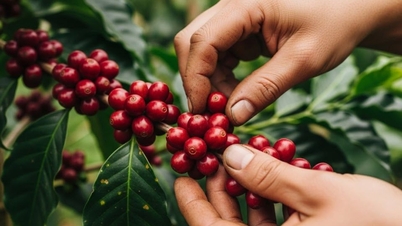


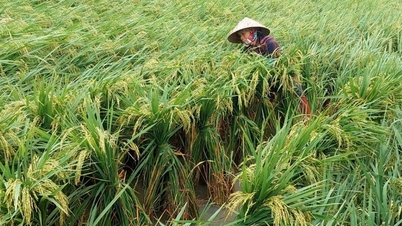








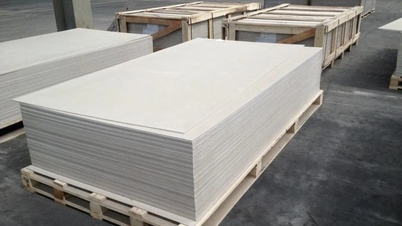





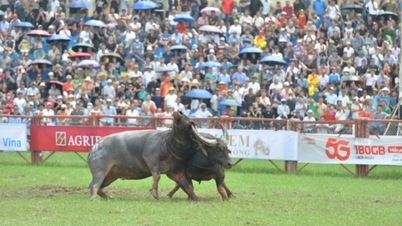


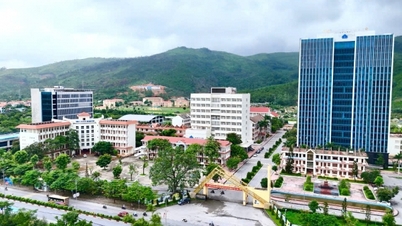































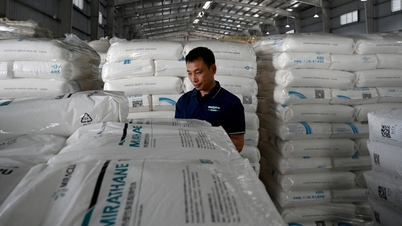



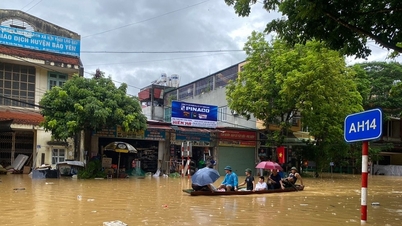

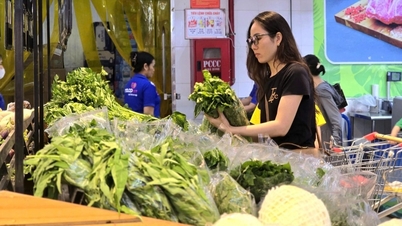













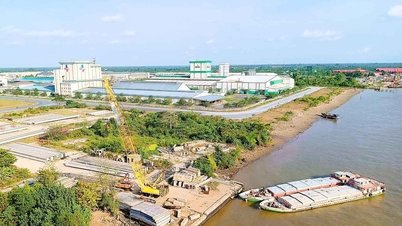
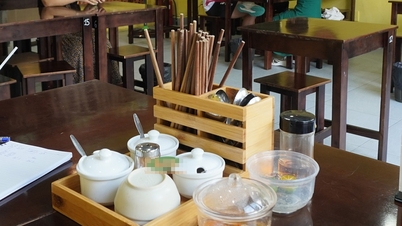

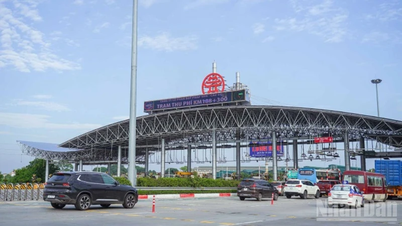
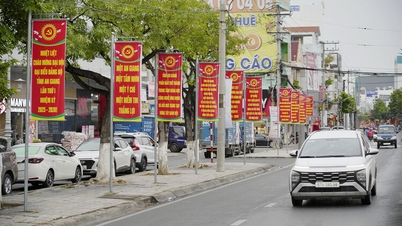














Comment (0)